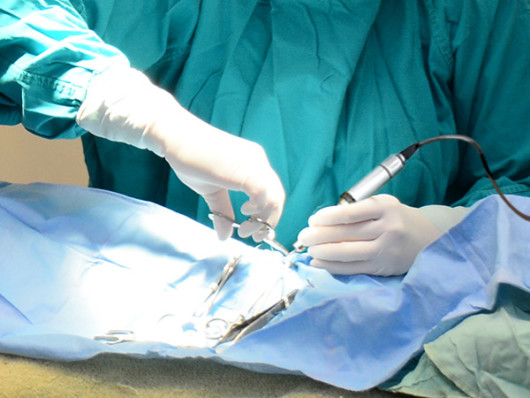Getting told that you have skin cancer is going to change your life forever, but you don’t need to accept your diagnosis without a fight.
There are now many different skin cancer treatment options, and an experienced doctor can do quite a bit to remove the cancerous tissue and take care of any cosmetic issues that the patient might have. Those types of procedures and operations are more effective than ever, and they might be exactly what you need to get your life back on track.
Common Types of Skin Cancer
Many people are surprised to hear that there are actually a few different types of skin cancer, and each condition has its own unique features.
Basal Cell Carcinoma
Currently, the medical community agrees that basal cell carcinoma is the most common form of skin cancer, and experts estimate that over 5.4 million Americans are diagnosed with this condition every year.
While basal cell carcinoma doesn’t evolve into melanoma or attack other areas of the body, it will invade and destroy local soft tissue if it isn’t treated as soon as possible. Even though basal cell carcinoma can cause some itching and bleeding in its latter stages, most patients are relatively asymptomatic in the earliest stages of this condition.

Squamous Cell Carcinoma
While the majority of skin cancer patients are diagnosed with basal cell carcinoma, squamous cell carcinoma is relatively common as well. Much like basal cell carcinoma, squamous cell carcinoma is the result of prolonged sun exposure that has impacted the outer layers of the skin. Unfortunately, that exposure typically accumulates during the childhood and adult years, and that means the damage has already been done before any signs or symptoms occur.
The first symptom that most patients notice are unusual lesions on the outer layers of their skin. As long as the patient catches the lesions early on, they should be a good candidate for a variety of effective skin cancer treatment options.
Melanoma
Unlike some of the other forms of skin cancer, melanoma actually takes place in the pigment cells. Pigment is what gives your skin its color, and you could notice some discoloration if those cells are damaged. As melanoma develops, some patients or their doctors begin to see larger patches of discolored skin that are bumpy or unusually shaped. Melanoma treatments tend to be very effective as long as the patient catches the early warning signs right away.
Treatment Options
In order to be accurately diagnosed and treated, you will need to contact a doctor like Vincent C. Hung, MD. During your initial consultation, your surgeon will carefully examine your skin to discover the extent of the damage. To confirm the diagnosis, they will most likely take a small tissue sample as well. If it is confirmed that you have skin cancer, then the surgeon can help you come up with a comprehensive treatment plan.

Treating skin cancer usually involves excising the cancerous cells to prevent the spread of the disease. An experienced surgeon can also help you come up with solutions for minimizing any cosmetic damage.



